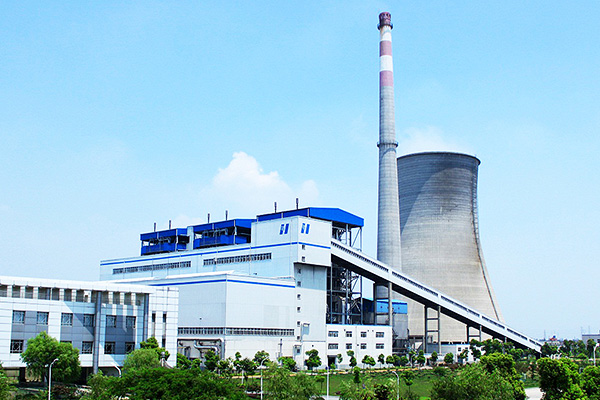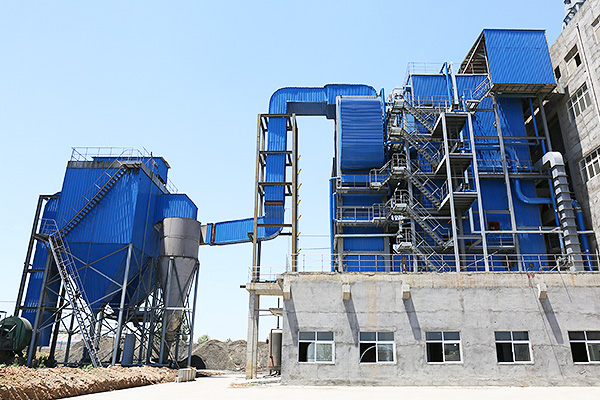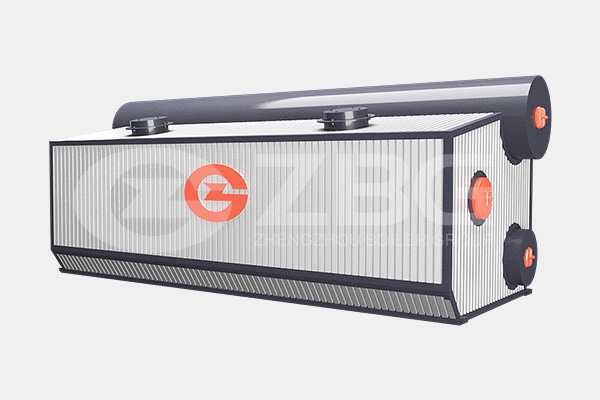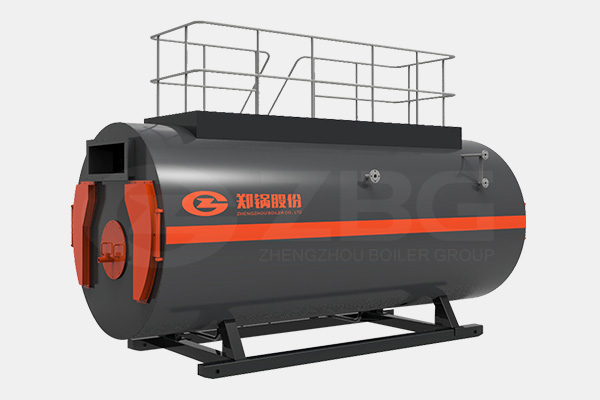How To Control The Air Pollution Of Steam Boilers
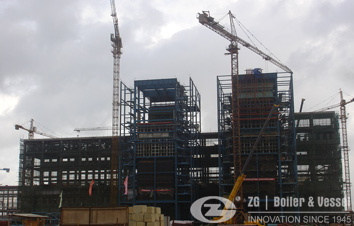
Air pollution has always been a serious environmental problem. The combustion of fuels, especially in power plant boilers or large scale cfb boiler, provides the large part of earth's energy needs. Despite providing useful heat to generate power, there are unwanted byproducts generating from the process, which are the stack gases. Normally, the unwanted byproducts will pollute the environment. Gaseous pollutants are SO2, NOx.
The pollution from industrial boilers
Most sulfur dioxide is formed from sulfur in the fuel, therefore, solid fuel especially coal generally produces higher levels of sulfur dioxide than oil. Natural gas gives the lowest level for comparable furnace condition. Sulfur dioxide is the most damaging air pollutant produced by boiler combustion because it is the leading source of acid rain. At high temperature, nitrogen combines with oxygen to form NOx during a finite period of time. Nitrogen oxide could accelerate the formation of acid rain. Besides, it is also the main source of photochemical smog. It also depletes the ozone layer and may contribute to the global warming. It is also harmful to human health
Methods to control pollution
There are two main ways to reduce sulfur dioxide, reducing SO2 before combustion and removal from the flue gas. The first method is using low-sulfur fuel such as natural gas, which can reduce sulfur greatly, even to near zero. Many power plants prefer moving the sulfur out of coal before combustion with desulfurization plant, by using limestone to absorb sulfur gas to reduce the sulfur content of coal by 80%.
Low NOx burners could reduce NOx emissions by 50% by decreasing the peak temperatures and the time nitrogen spends at higher temperatures. The fluidized bed coal fired boiler, designed with low-temperature combustion is an effective solution in reducing SO2 and NOx. The limestone used as the bed material can absorb more than 90% of the sulfur released during the combustion process.
The fuel that has been not fully burned, soot or carbon dust or carbon monoxide, also contributes significant potential pollutants. So, regulating excess air is needed to escape poor combustion and unburned fuel. Soot and carbon dust could be removed from the exhaust gas by mechanical means, such as filter bags, wet scrubbers, and cyclones to get to the ambient standard for particulate matters.
